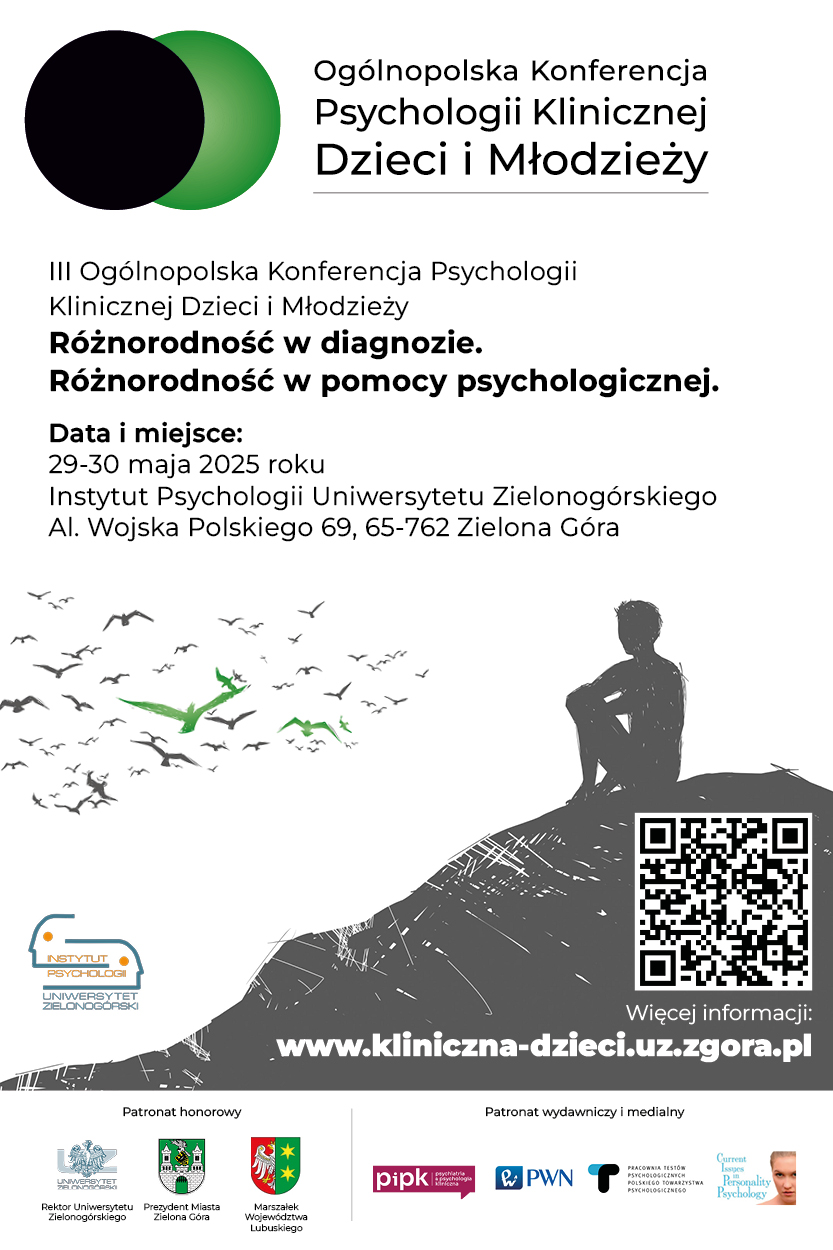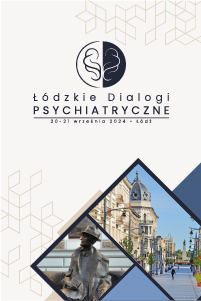Divided mind – divided brain. The neurobiology of dissociative identity disorder from the perspective of dynamical systems theory
Jakub Skałbania, Karolina Polewik, Igor J. Pietkiewicz, Radosław Tomalski
 Affiliacja i adres do korespondencji
Affiliacja i adres do korespondencjiExplaining the biology of dissociative identity disorder and its clinical aspects is one of the major challenges in modern neuroscience. The complexity and the unique nature of this disorder, coupled with insufficient biopsychological models needed for creating universal therapeutic procedures, make the treatment difficult. The vast majority of neuroimaging studies in dissociative identity disorder patients proved to be inconclusive. Abnormalities of particular brain structures do not explain the wide range of symptoms in dissociative identity disorder. Moreover, the findings are partly contradictory. Collecting adequate representative study samples is difficult and most reports are in fact single case studies. On top of that, meta-analyses show that patients with dissociative identity disorder usually present with additional mental problems, which makes interpretation of neuroimaging data extremely difficult. Nowadays, scientific research on dissociative identity disorder focuses on child trauma and its influence on the development of the central nervous system. This article is an overview of recent research on the neurobiology of dissociative identity disorder, with particular emphasis on the impact of childhood trauma on the development of the central nervous system. It focuses on hypotheses attempting to capture the specific dynamics of neural activity leading to neural network fragmentation, and uses the dynamical systems theory to describe this phenomenon.






















